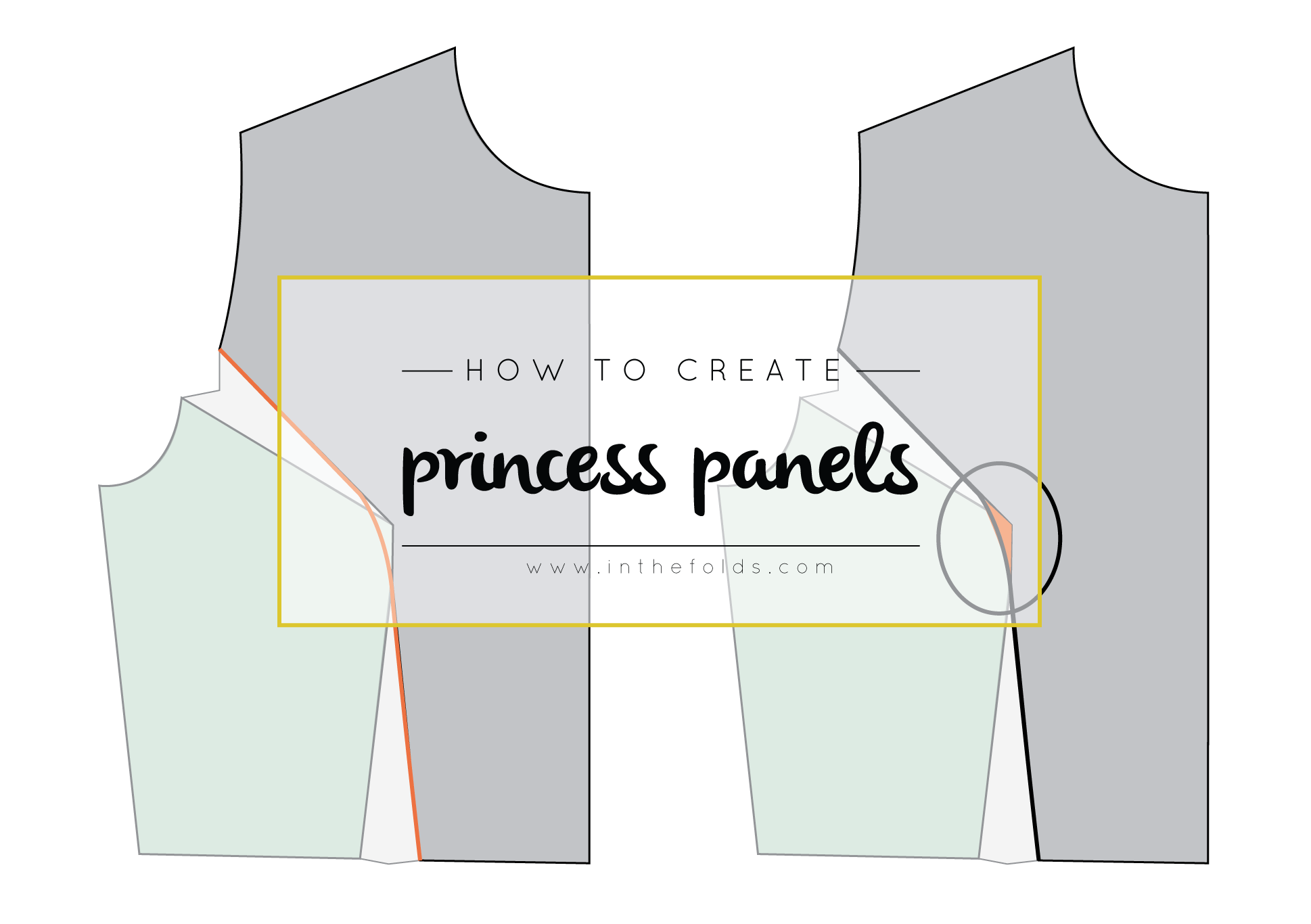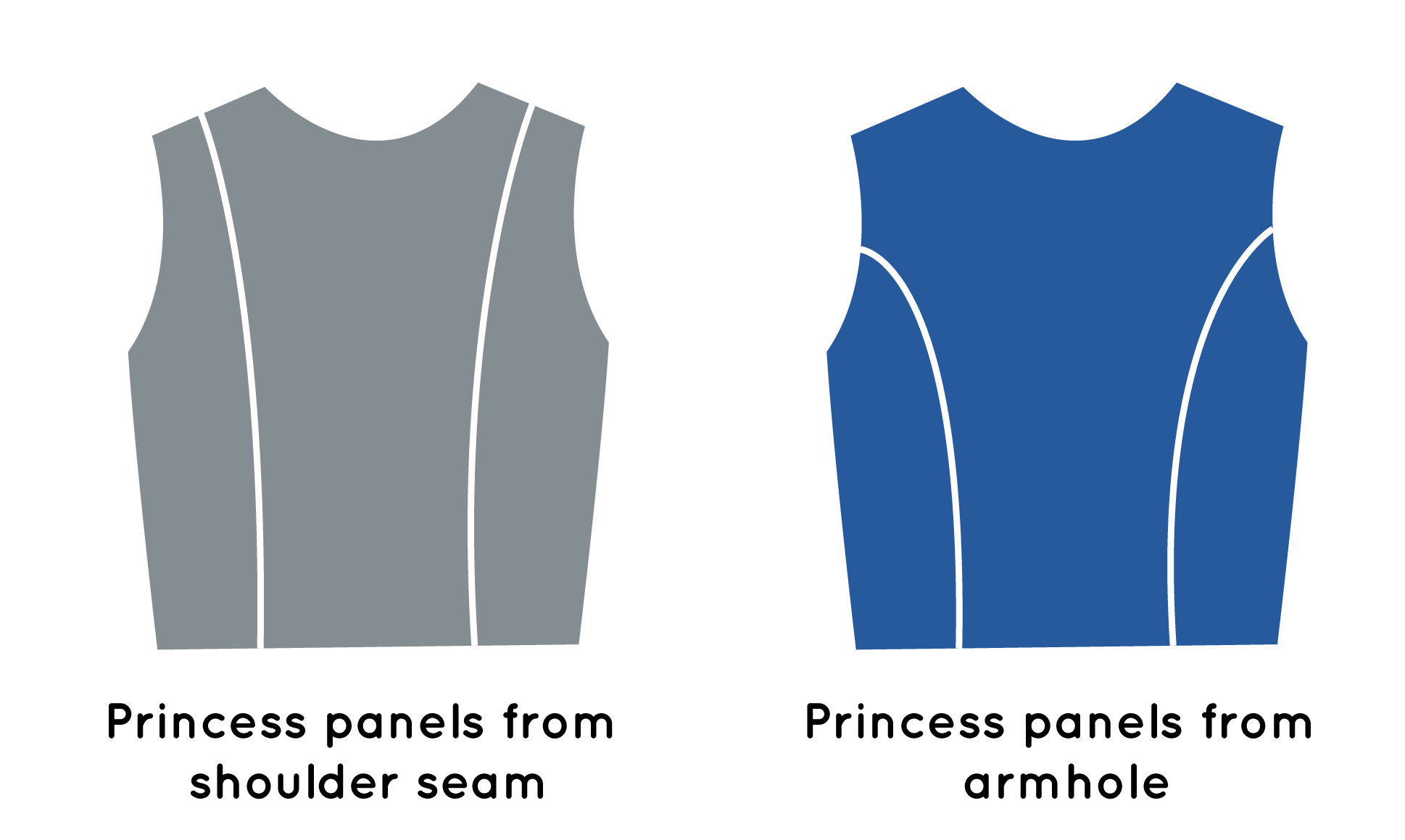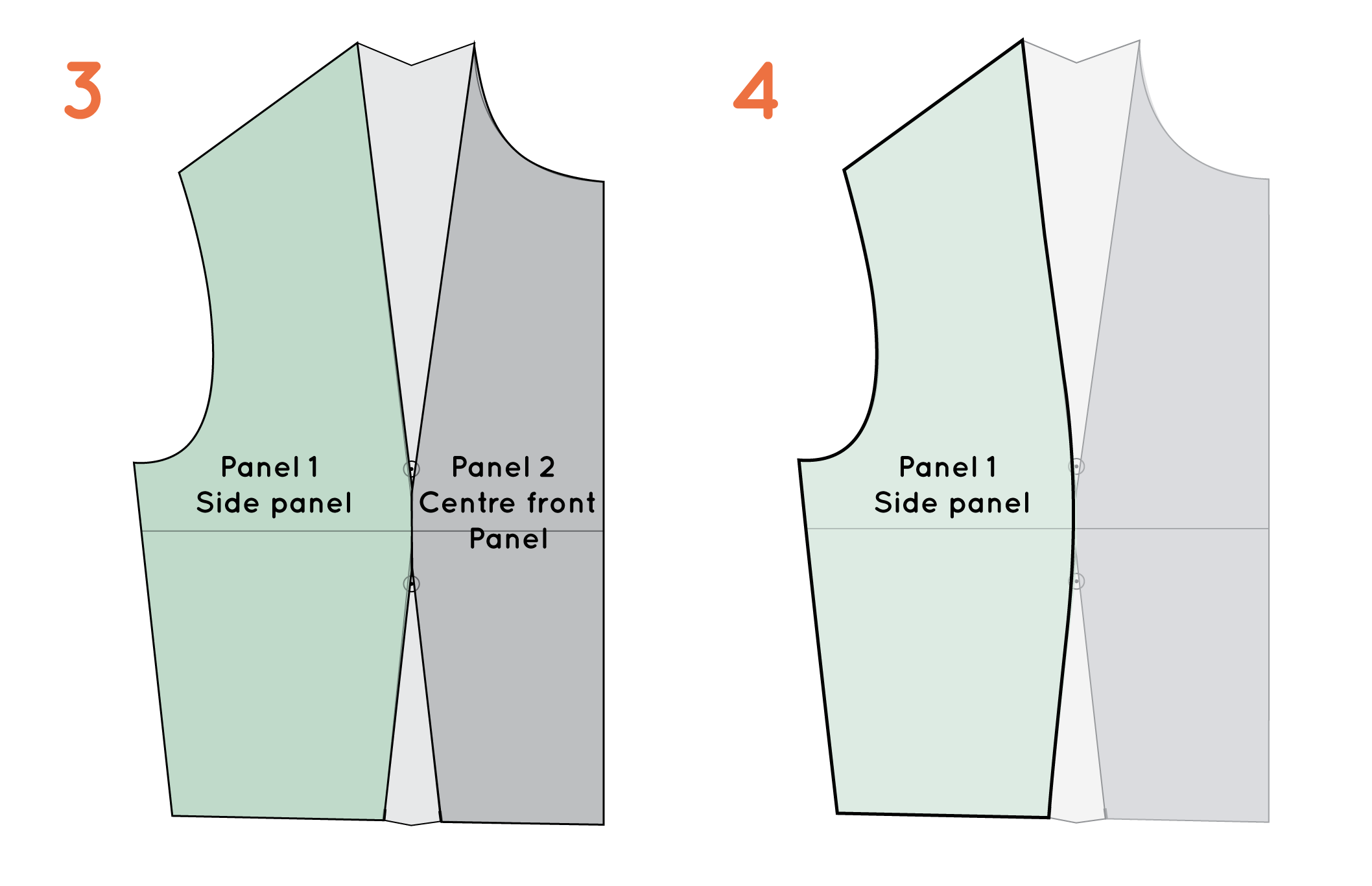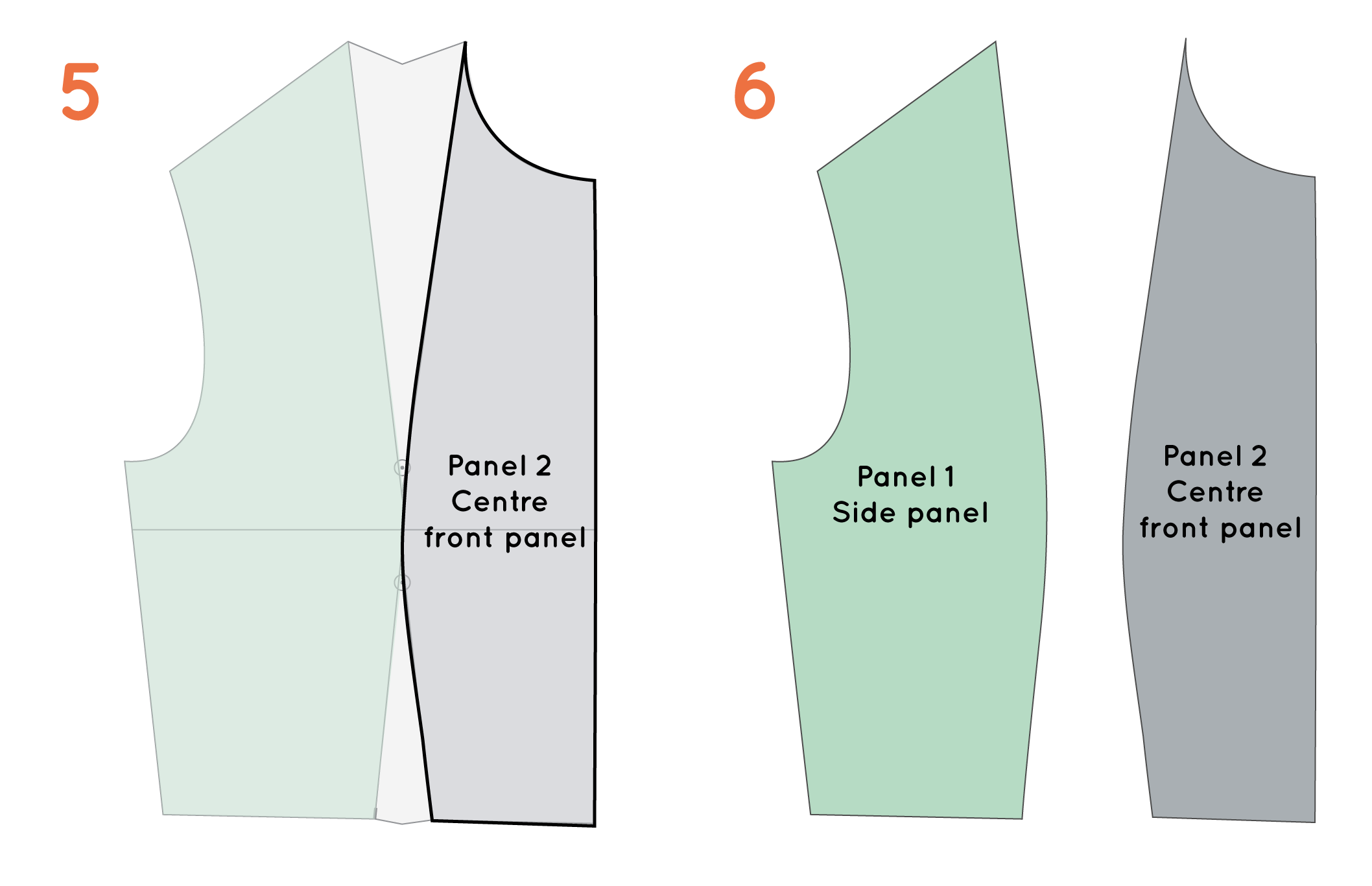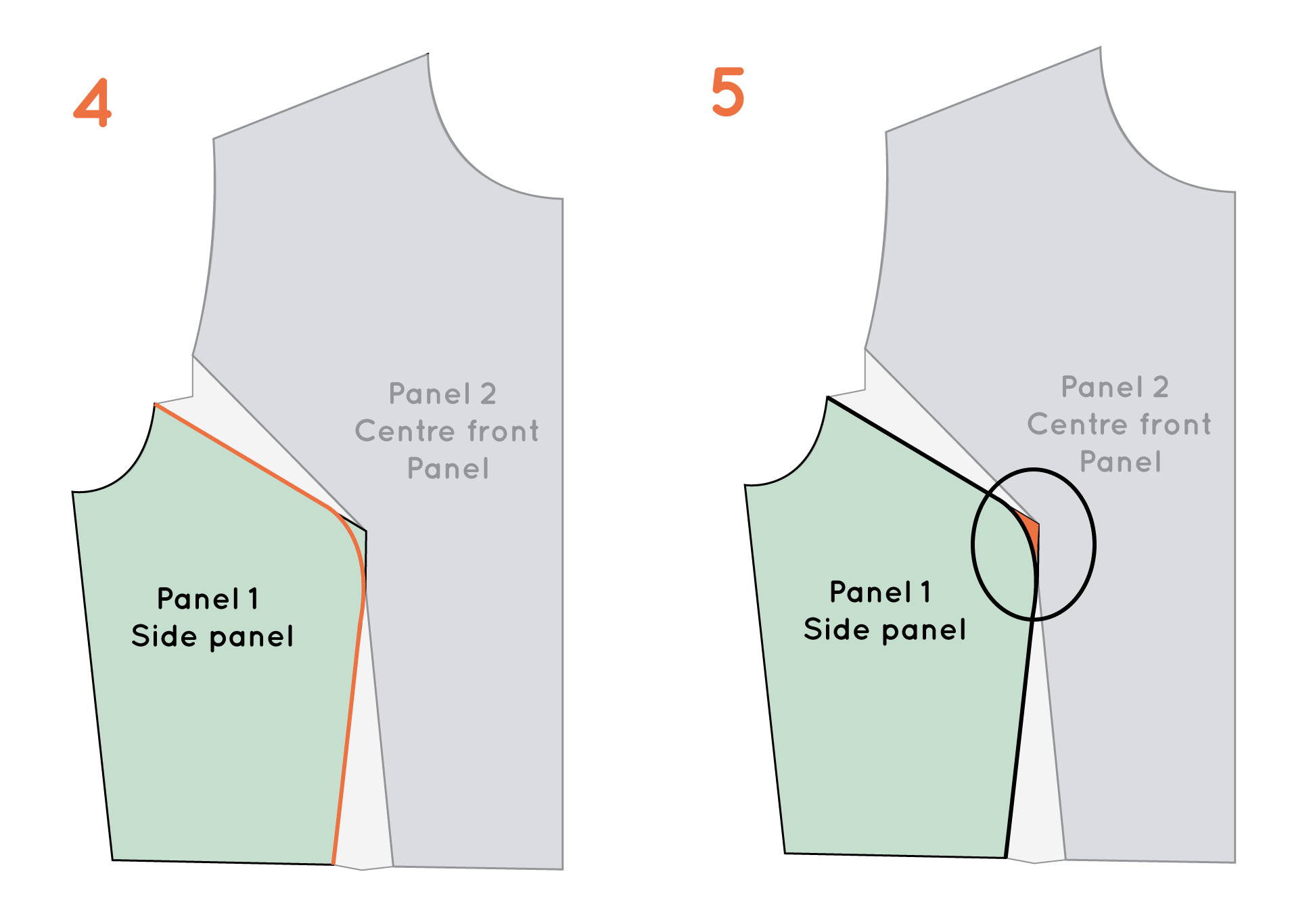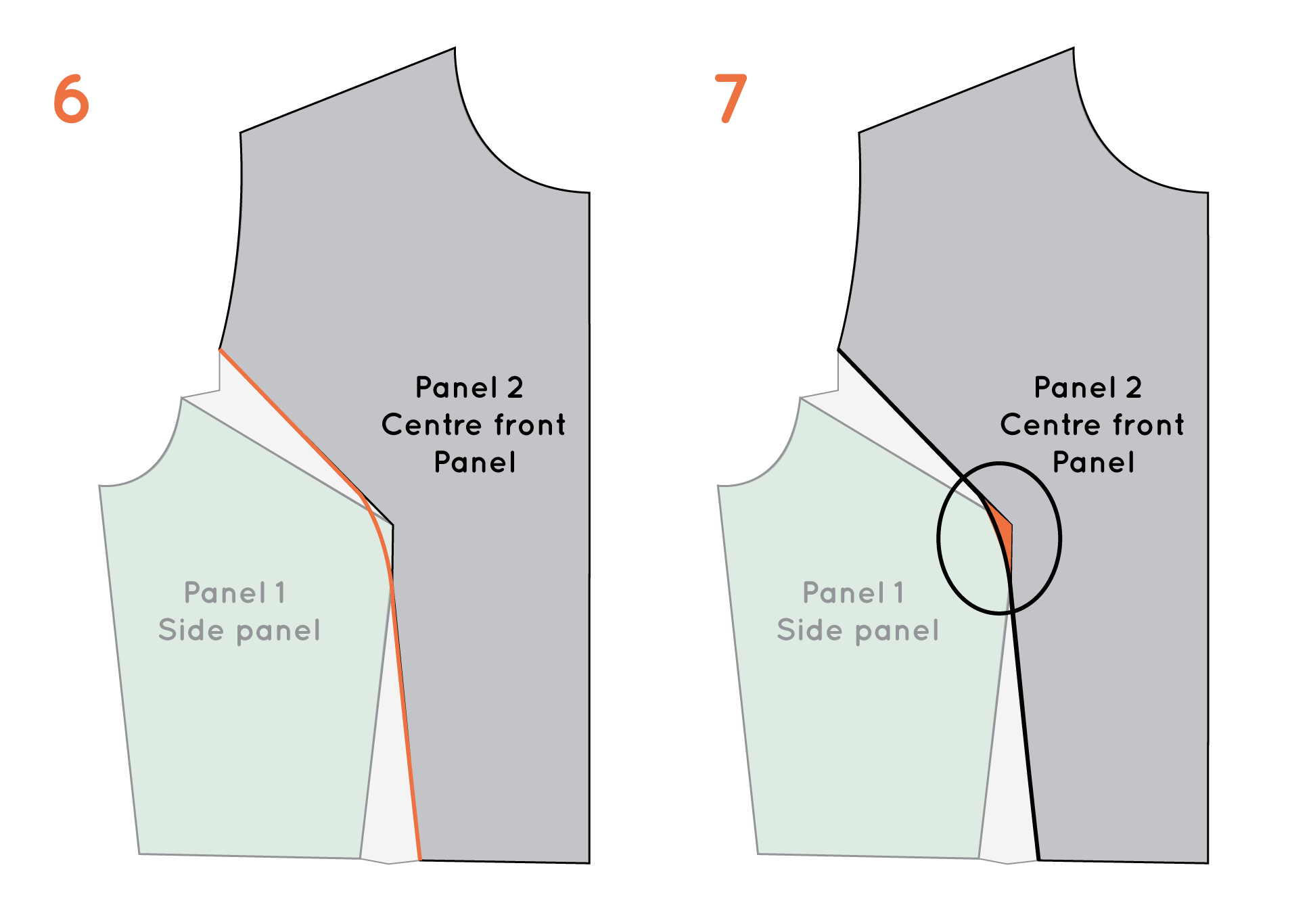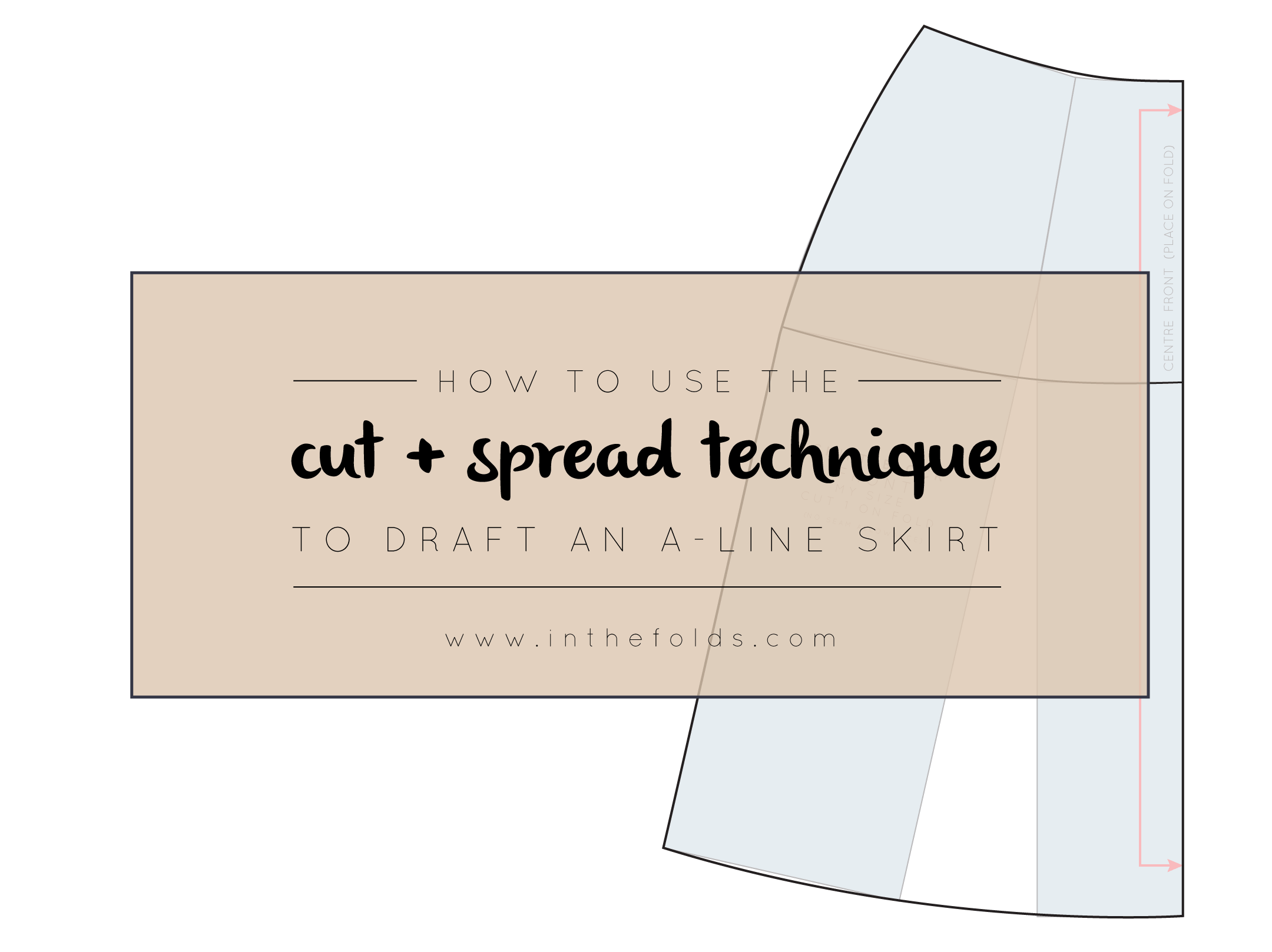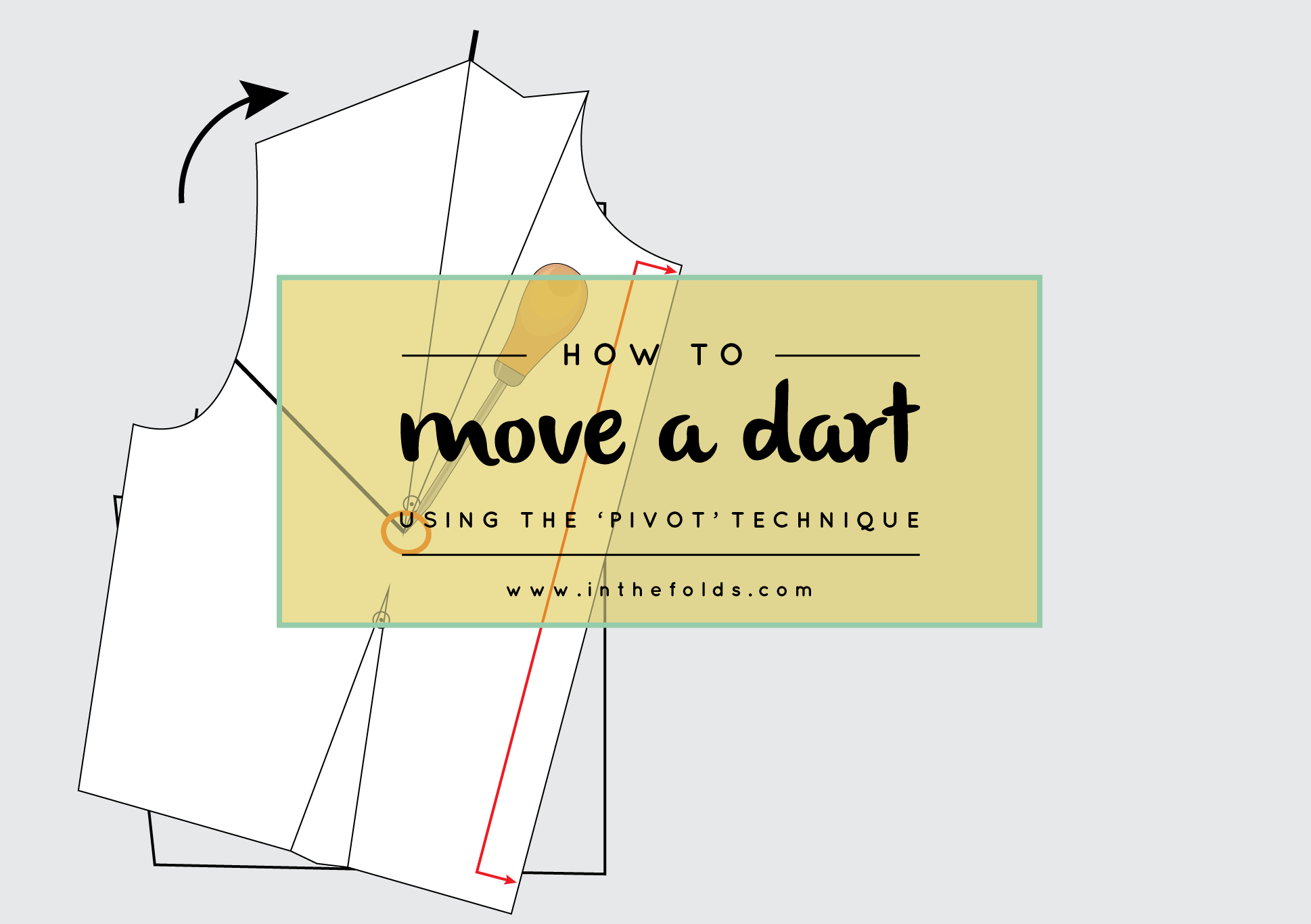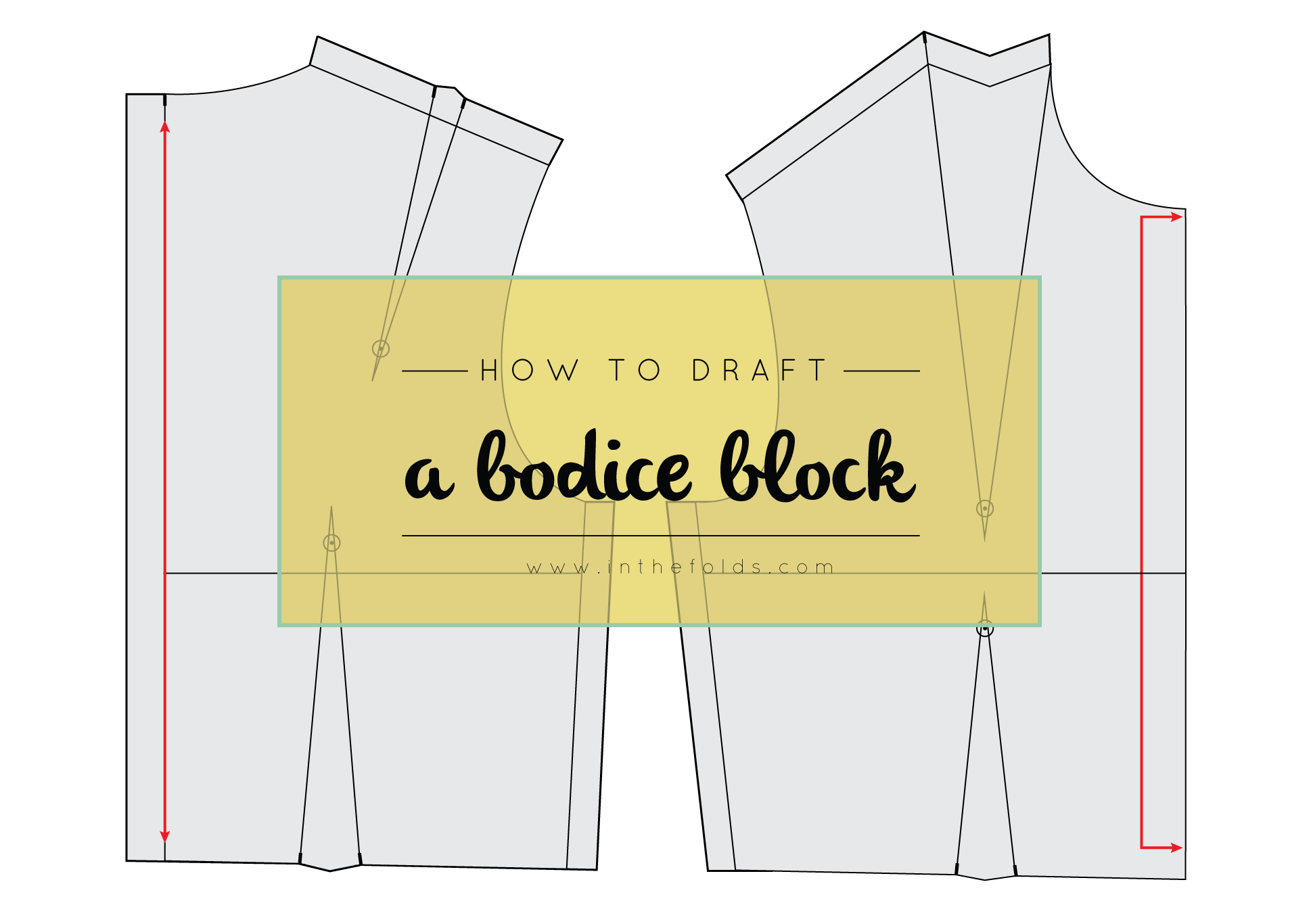Summer is here for all of you lucky people in the northern hemisphere, and I thought it would be a great time to show you how to draft a quick and easy sleeveless summer top! You may wonder what I'm thinking, as most of you know I am based in Sydney, where it is currently quite chilly (well at least as chilly as it gets here), but I really wanted to start showing you how to turn your bodice block into a functional garment (as who really wants to wear a bodice block?) and I haven't shown you how to draft a sleeve yet, so sleeveless top it is!
This is a really simple tutorial and a great place to start if you are trying your hand at pattern drafting.
Where to start
Trace a copy of your front and back bodice blocks without seam allowance. Be sure to also mark both darts on each piece.
Relocate shoulder darts to the waist
Relocate the shoulder darts on the front and back bodices to the waist, using this method or this method.
You won't actually be needing the darts in the waist, so you can redraw the hem with a smooth curve, removing the darts altogether.
Trace the pattern
Trace the pattern pieces onto a separate piece of pattern paper, leaving enough space in between the pieces for alterations.
LOWER THE ARMHOLE
It is likely that you will want to lower the armhole of your top for a more comfortable fit. The bodice block is designed to sit right under your arms, and I'd say for a summer top you will want a bit more breathing room.
Decide how much you would like to lower the armhole by. Mark this distance on the side seam, measuring down from the armhole. Mark this point on both front and back patterns (this is your new underarm point). This is when it's great to have a toile (muslin) to refer to, so you can see exactly how low you want your armhole to be.
It is a good idea to reduce the length of the shoulder seam too. As it stands, it is a decent sized shoulder seam and for a summer top it is likely that you will want something a little slimmer. Remove some of the length from each side (the end close to the armhole and the end close to the neckline) to keep it balanced.
Work out how much you would like to remove from the shoulder and mark this distance on the shoulder seam, measuring in from the armhole.
Create the new armholes by joining the points marked on the side seam and shoulder seam with a smooth curve.
Cut along the new armhole line to remove excess from both front and back armholes (or trace off separate to create a new pattern).
LOWER THE NECKLINE
For the same reason I suggested lowering the armholes, I suggest also lowering the neckline. Use the same method used for the armholes. On the front shoulder seam, measure in from the neckline and mark the point where you want your new neckline to be. Mark the same distance on the back pattern piece. Also work out how much you would like to lower the neckline by and mark this point on the centre front and centre back. This doesn't need to be the same distance - you may want a low front (or even a low back).
Re-draw the front and back necklines by joining the points marked on the shoulder line and centre front/back with a smooth curve.
Cut along the new necklines to remove the excess from both front and back pattern pieces (or trace off separate pattern, with lower armhole).
Lengthen the pattern
At this stage, the pattern is still only waist length. If you'd like a cropped tank then you're done, but if you'd prefer some extra length then keep working your way through the tutorial.
The best way to lengthen a pattern is normally to slash the pattern horizontally and then add length through the middle of the pattern, so that the hemline stays intact and the silhouette of the garment doesn't change too drastically. In this case though, I'd suggest just adding length to the bottom of the pattern, as it is likely that you will need a bit of extra width around the hips.
Work out how much you would like to add to the pattern, and extend the centre front, centre back and both side seams by this length.
Join the lines with smooth curves to create the new front and back hemlines.
Remember to meet each side with right angles so that you get smooth lines when you sew the pattern together. For more on this, check out this tutorial on checking patterns.
To complete the pattern, add seam allowance and pattern markings and you're done!



















